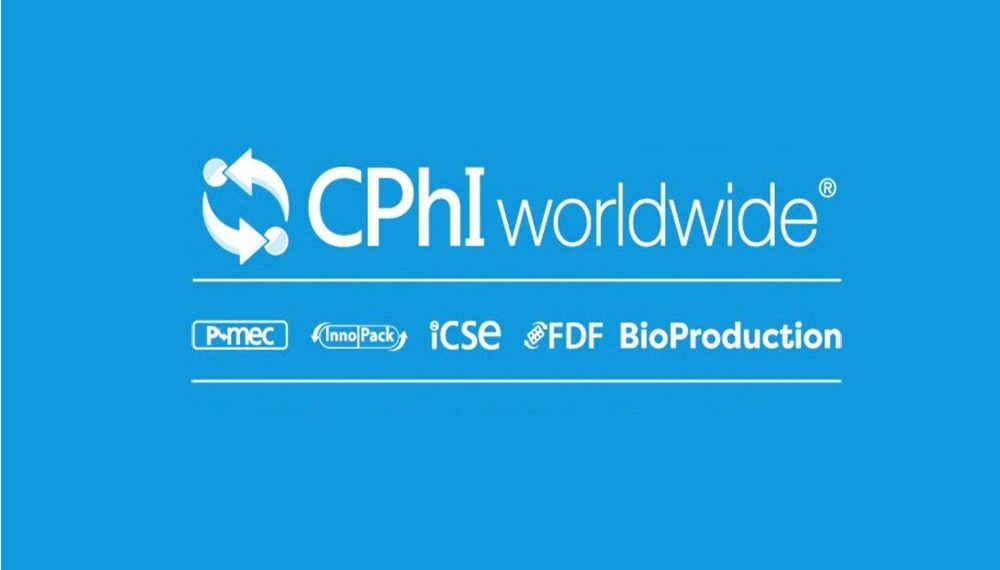The second part of the 2020 CPhI Annual Report predicts significant market changes for digital adoption and global generic consumption by 2025. The new findings are released as the industry prepares to meet virtually at the CPhI Festival of Pharma, and suggest that digital technologies will help deliver lower healthcare costs through telemedicine and bring innovator-like approaches for generic companies.
CPhI experts Bikash Chatterjee, CEO at Pharmatech Associates and Aurelio Arias, Engagement Manager, Thought Leadership, IQVIA explored the longer-term implications of slowing growth in the generics market – with many products coming off-patent – and how digital solutions are transforming health and pharma structures.
Chatterjee suggested that patient centricity is no longer just a buzzword and change is accelerating. Telemedicine and, in particular virtual GP appointments, will be one lasting legacy of the pandemic, but payers and insurance companies will have to adapt payment structures to reflect the new reality. “By 2025, telemedicine and patient participation in routine healthcare will be the norm in the US. The EU will be close behind, even if GDPR represents a significant compliance hurdle, as does the 2013 transparency legislation in the EU. Pharma will bring a more mature component of its R&D framework to analyze and harvest treatment information from telemedicine databases”.
In terms of harnessing data, Chatterjee predicted that we would see voice collection of data in the home now begin to be incorporated into both home and health settings. Chatterjee added, “In April 2019, Amazon unveiled their secure software solution toolkit that allows health care companies to build Alexa voice tools capable of securely transmitting private patient information — a move that opens the door to a broad array of uses in homes and hospitals.”
These changes are gradually establishing the patient – not the care giver – as the ultimate customer of pharmaceutical interventions, and integration of personal devices will transform remote monitoring for doctors and decentralized clinical trials.
Arias foresees technology helping transform the approach of generic and biogeneric companies by 2025. In his analysis, he identifies that many generic companies will need to look at alternate strategies to maintain growth, switching from volume alone to innovative approaches that deliver greater patient value. Growth in the last few years has been driven by increases in volume consumption in emerging economies, but generics will now have to offer additional value-added benefits.
This, coupled with a sustained economic downturn, means biosimilar encroachment will have to increase in Western countries, where big savings need to be delivered. Arias comments, “North-Western European countries, especially the Nordics, UK and Germany, have historically shown immediate entry and rapid uptake of biosimilars so they are well poised to generate the greatest savings by 2025. There are a couple of large biologics approaching expiry over the next few years such as Eylea and Stelara. These will be focus areas for EU healthcare systems. The US however, will see the biggest saving of all when Humira exclusivity runs out in 2023. Currently there are around 8 biosimilar candidates lined up ready for launch in that year and this unprecedented level of competition will likely generate the highest savings.”
The result of the competition will be that generic companies will increasingly need to offer value-added approaches, as well as comparable reference products, to secure competitive advantages. “It is likely that we’ll see an increasing number of specialist generics and biosimilars companies that focus predominantly on innovation. For example, Celltrion have explicitly stated that they will increase their focus on biobetters and have recently announced trials on an oral biologic. Generics in five years’ time could indeed come in many forms but the regulatory and payer environment will have to recognize and support them along the way”, Arias added.
By 2025, 56 per cent of newly genericised drugs will be small molecules. The speciality generics market, which accounts for the bulk of the value, should focus on reducing administration complexity and adding a digital layer to their therapeutic offering helping patients manage therapies, Arias stated.
The report also suggested tomorrow’s off-patent leaders will be manufacturers who begin to behave in the way innovators do. Investing in patient-centric product design, engaging stakeholders, generating real world evidence and partnering with MedTech start-ups. This will allow them to align their products closer to patient needs and in doing so, create efficiencies in healthcare provision.
Consequently, some of the largest generics and biosimilars companies are already actively exploring innovative strategies as a source for continuing growth. Relying on volume increase alone cannot sustain their size. Behaving like innovators offers avenues for growth, but gaining reimbursement for their efforts will be challenging if they struggle to communicate additional value to payers. Some originators will be able to compete on price with their referenced copies, yet this still leaves scope for an innovator to improve upon any originator product.
Tara Dougal, head of content at CPhI Festival of Pharma, commented: “Patient centricity and how technology will be integrated into therapies has been rapidly accelerated because of COVID. With generics coming off-patent, these will also become product USPs that drive growth in the years ahead. In fact, Aurelio will be presenting a roundtable on ‘Patient Centricity’ and we will have talks with expert on cross-sector collaboration as technology empowers pharma to reimagine the art of the possible.”



















